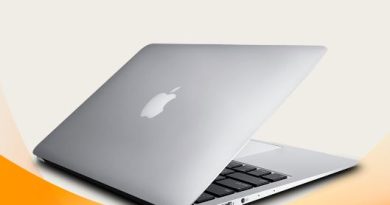How Does File Sharing Technology Work: Features, Types And Best Practices?
With the emergence of the internet and online content, debate over how online files and folders can be shared with others soon started. This was when people came with file sharing as the solution.
File sharing is a public or private sharing of computer data and space with others. The public sharing of the file comes with an access privilege.
While file-sharing can easily be done outside the network, the concept of file sharing is related to sharing files in the network.
File sharing allows several users to use the same file for themselves. They can read, write, view, copy and print it. To better understand file sharing, here is an example for you.
Have you heard the name of Pirate Bay? Well, most of you reading this article must have heard at some point in your life. Pirate Bay is a torrent website that allows users to download movies, videos, software, games, and applications.
Here Pirate Bay has only one movie’s content, but multiple users can open and download it. This is what file sharing is all about.
That being said, if you are interested in downloading your favorite movies, games, and applications, visit https://ipiratebay.org/.
Contents [hide]
File Sharing Features
- Secure Data Storage: File sharing platform can help you adjust the space quota to purchase the space. Depending on your needs, you can scale up the storage with an increased subscription.
- Data Recovery: All your files will be backed on the platform with the data recovery features. Even if you delete the files you have downloaded, it remains in the bin for 30 days. During this, you can easily recover them.
- Permission Access: File sharing platforms have the right to allow only authorized users to access a particular file. With the controlled administrator access right, the security of the files can be increased.
- Unlimited File Transfer: File sharing platform allows you to share unlimited files. That means you can share as many files as you need.
- File Version History: File version history allows you to view previous data and recover with just a few clicks. In addition, many file-sharing platforms come with a search engine function that allows users to find deleted files easily.
- Password Protected: You can add a password to make the file more secure.
Types Of File Sharing
There are three different types when it comes down to sharing a file.
- Direct Sharing: Direct sharing involves sharing files directly to the other device. This method is called Peer-To-Peer (P2P) sharing. In this method, your device communicates with the other devices directly.
- Sharing Through Servers: In the server method, you share your data to the server with access to the internet. Once you are on the server, people who have access to the server can open your file and download it.
- Online Sharing Service: Online sharing services are web-based sharing. You create an account on the website and upload the file. The file can then be shared with other users.
File-Sharing: Best Practices
The best practices below serve the users to reinforce their steps to ensure their file-sharing efforts aren’t putting them at risk.
- Use VPNs: sharing files means you are putting your IP address at risk. Using a VPN while sharing files might be a good idea to mitigate this risk. VPN masks your IP address and makes it impossible for the third party to trace you.
- Set Expiration Dates For Files: while sharing files with your clients, there are certain files that you wouldn’t want them to have access to forever. In that case, why not set a file expiration date. This will ensure that the file becomes void after a certain time period.
- Audit Access Privilege: There are some files that only a selected few member’s access. While you know that there is nothing problem with the privilege, audit your access privilege regularly to reduce any data loss.
- Employ Multiple Factor Authentication: No matter whom you are sharing your data with, even if you know the person, multiple-factor authentication ensures that you are sharing the data with the right person.
- Use End-To-End Encryption: Try incorporating your P2P sharing with end-to-end encryption for secure file sharing. This keeps the data safe while sharing among the users.
Final Thoughts
There you have it. Now, you know what file-sharing technology is and how it works. We have also added some additional information for you in this article. We hope that you find this article helpful.
That being said, we conclude this article. If there are any questions regarding the article, drop them in the comment section. We will ensure every question gets its answer.




